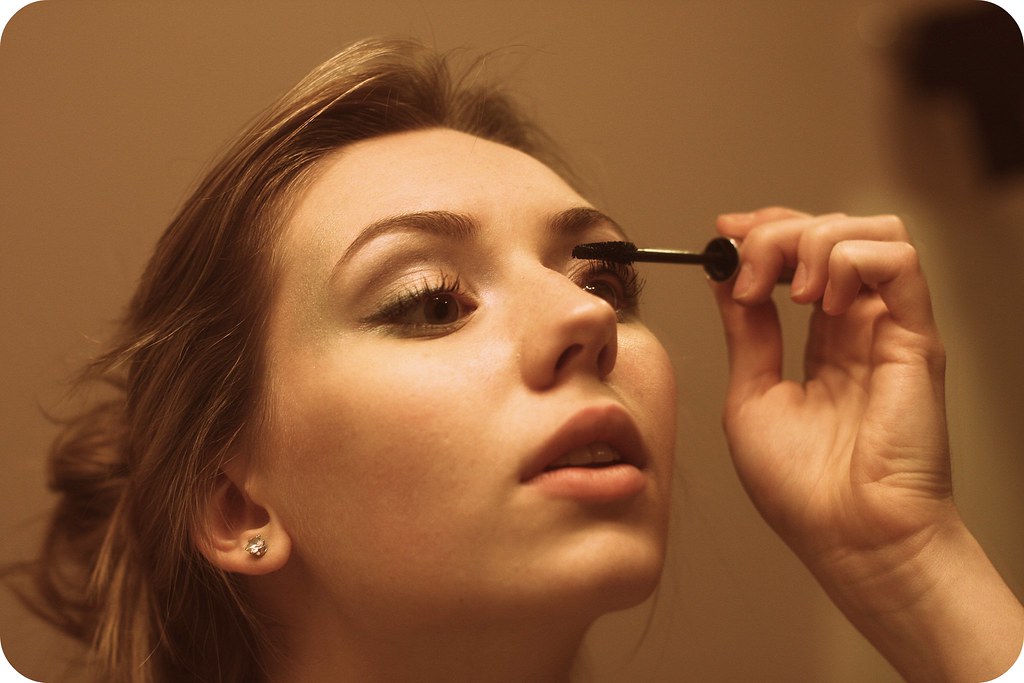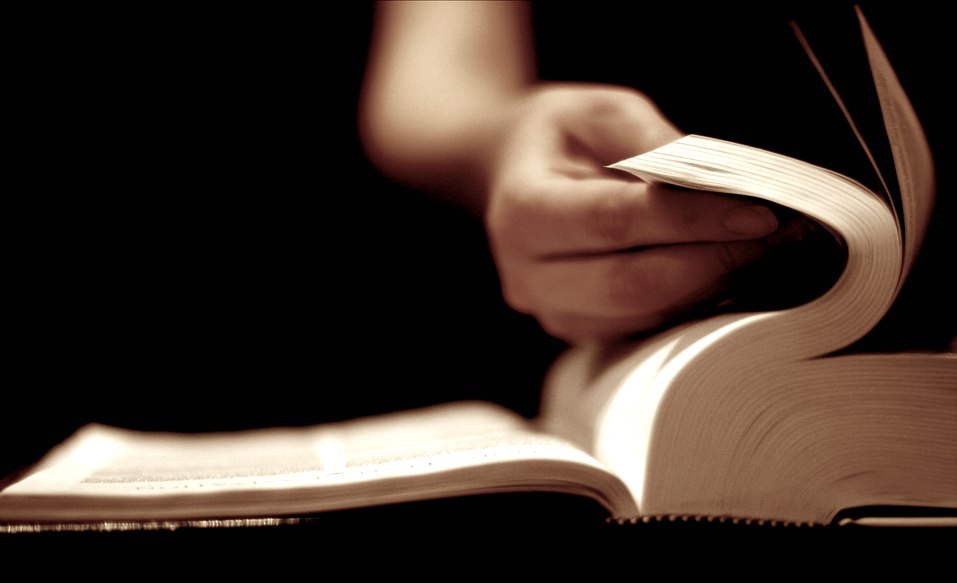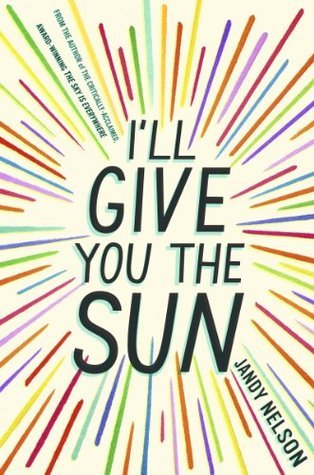 |
| Photo credit: eflon on Flickr |
Let’s do this. :)
Title: LIBERTY’S TEARS
Genre/Category: Inspirational/Christian Fiction
First 250:
“Libby paced the living room of her Berkeley apartment and checked the clock on the wall for the dozenth time. In a matter of minutes, Kurt would arrive to pick her up for their eighth date. Eight dates in eight weeks. Had it already been two months?
Jayne Licerio, Libby’s best friend and roommate, sauntered into the room and over to the counter separating the kitchen from the main living area. “I thought you were going out tonight.”
"We are.” Libby stopped her pacing and plopped down on the couch.
“That’s too bad.” Jayne shook her head. “I thought your casual attire meant you’ve finally come to your senses.”
Libby looked down at the faded denim jeans she wore and feigned a smile. Jayne never liked Kurt. At first Libby didn’t understand why. He was successful, charismatic, and a Christian. What was there not to like?
But their last date caused Libby to question his motives and made her regret not sticking to her plan of not dating, something she hadn’t done since high school. Getting her college education didn’t allow time for it anyway, and watching what her sister went through convinced Libby men were bad news. When Kurt Stevens swept her off her feet, Libby thought maybe she’d give the male gender another chance.
Big mistake.
She took a deep breath and released it, but it did little to relax the ball of nerves rolling in the pit of her stomach.”
Hmmm okay. This is actually not a critique at all, but the coincidence of all these eights is amusing me. Anyway.
At this point, I’m curious about what Kurt did to make Libby question whether going out with him would be a good idea, though I’m thinking it might work better if the reasoning wasn’t withheld from the reader (after all, as we’re in Libby’s third person limited POV, shouldn’t we know what happened?). I’m also a little uncertain about how Libby feels about the date—initially I thought she was just having pre-date nerves, and then she mentions regretting going back on her no-dating policy, which then made me question why she’s going on another date if whatever Kurt did was that bad. Granted, this is only the first 250, and I don’t expect to get Libby’s full motivations right away, but I think a little more clarity on how she’s feeling in this opening would be useful.
Now for the redline critique.
“Libby paced the living room of her Berkeley apartment and checked the clock on the wall for the dozenth time.In a matter of minutes,Kurt would arrive to pick her up for their eighth date any minute now. Eight dates in eight weeks. Had it already been two months? Rather than this thought about the time (as we can see that yes, it’s been two months), I’d like to see something about how Libby feels about the situation. Is she happy they’ve been dating two months? Has it been a good two months? Is she wondering if maybe she should end it? The range of possibilities is super wide, and right now, I have no idea where she stands.
Jayne Licerio, Libby’s best friend and roommate, saunteredinto the room andover to the counter separating the kitchen from themainliving roomarea. Is it important for us to know Jayne’s last name? This is super subjective and more of a peeve for me, but I tend not to care about last names unless they’re major characters (though maybe Jayne is? It’s hard to say this early on). “I thought you were going out tonight.”
“We are.”Libbystopped her pacing andplopped down on the couch."“We are.” Check to make sure you're consistent with your quotation marks. You have smart quotes and straight quotes here.
“That’s too bad.” Jayne shook her head. “I thoughtyour casual attirethose ugly jeans meant you’ve finally come to your senses.” I’m not sure if it fits Jayne’s character to call her jeans ugly, but the idea is to go with a specific detail rather than a vague descriptor. Also, “attire” sounds too formal for the situation.
Libby lookeddownattheher faded denim jeansshe woreand feigned a smile. Jayne never liked Kurt. At first Libby didn’t understand why. He was successful, charismatic, and a Christian. What was there not to like? Is there a way you can show this? Maybe Jayne could make a comment like “You’ve never liked Kurt.” Otherwise, I’d condense to something like “It’d been easy to ignore Jayne’s warnings about Kurt until their last date…” The bit about him being successful, charismatic, and Christian you can show us through Kurt’s actions and characterization.
But their last date caused Libby to question his motives and made her regret breaking her no-dating policynot sticking to her plan of not dating, something she hadn’t done since high school. Having read this a second time now, I’d definitely rather know what happened. The detail would be more grounding and make sense, considering we’re in Libby’s POV. Or, if you don’t want to give it all away immediately, then hint at the disaster date with a detail rather than vaguely talking about it.Getting her college education didn’t allow time for it anyway, and watching what her sister went through convinced Libby men were bad news. When Kurt Stevens swept her off her feet, Libby thought maybe she’d give the male gender another chance.I’d cut this and show us this backstory bit by bit later on. I think you’ve got too much backstory in this opening, and it’s slowing down the narrative considerably.
Big mistake.
She took a deep breath andreleased itexhaled slowly, but it did little to relax the ball of nerves rolling in the pit of her stomach. Reworded to avoid repetition of ‘it.’”
Overall, I think this opening can work with some tweaks, but at the moment a lot of the backstory and explaining is slowing down the action. Nothing has happened at the end of your first page, and I think it’d be helpful to move things along a little more quickly. Remember: we don’t need all the backstory upfront, and oftentimes, it’s much more effective to spread it out. Also, you've got a bit of wordiness throughout, which indicates you probably have the same issue throughout the rest of your manuscript. I've done what I can to try to condense here on the first page, but I recommend you try to do the same to the rest of the WIP.
If I saw this in the slush, I’d probably pass, however that’s largely because I tend to prefer a quicker pace in submissions (so super super subjective). That said, I think with some fixes, this could be a great start with some interesting conflict upfront.
Thanks for sharing your first 250, Linda!
Would you like to be featured in a Fixing the First Page Feature? Keep an eye out for the next giveaway!
Twitter-sized bites:
.@Ava_Jae talks balancing backstory and pacing in the 8th Fixing the First Page critique. (Click to tweet)



























